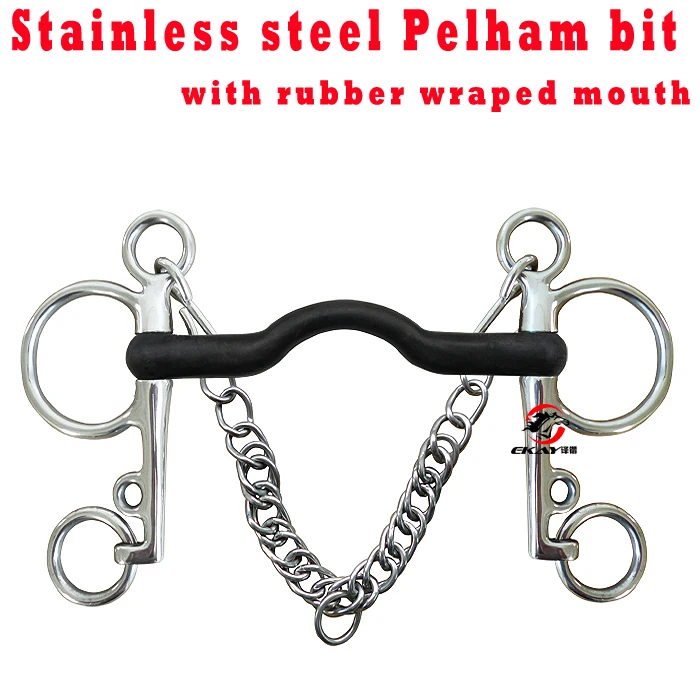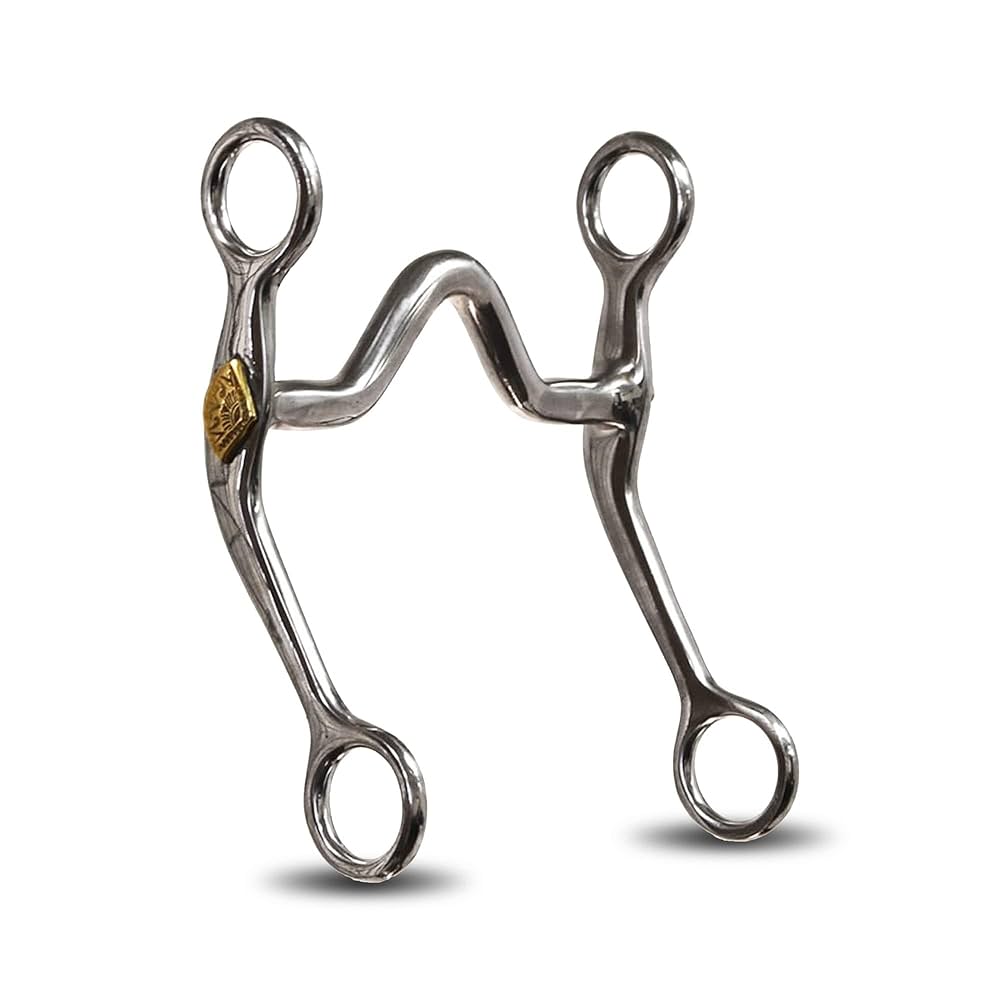The Ultimate Guide to Horse Bits

Horse bits are essential tools in equestrian activities, serving as the primary means of communication between rider and horse. Understanding the different types of bits, their functions, and how to choose the right one is crucial for both novice and experienced riders.
What is a Horse Bit?
A horse bit is a piece of metal or synthetic material placed in a horse’s mouth, connected to the bridle and reins. It helps the rider convey commands through pressure and release, guiding the horse’s movements.
Types of Horse Bits
| Bit Type | Description | Best For |
|---|---|---|
| Snaffle Bit | A simple, jointed bit that applies direct pressure on the mouth. | Beginners and general riding |
| Curb Bit | Uses leverage to apply pressure on the mouth, chin, and poll. | Advanced riders and specific disciplines |
| Pelham Bit | Combines snaffle and curb features, offering versatile control. | Experienced riders |
| Gag Bit | Applies pressure mainly on the corners of the mouth and poll. | Training and strong horses |
How to Choose the Right Bit
- Consider the horse’s mouth conformation: Size, shape, and sensitivity.
- Rider’s experience level: Some bits require more skill to use effectively.
- Discipline and riding style: Different equestrian sports may favor specific bits.
- Horse’s behavior and training needs: Calm vs. strong-willed horses.
Proper Bit Fitting
Ensuring the bit fits correctly is vital to prevent discomfort or injury. The bit should sit comfortably in the horse’s mouth without pinching or excessive movement.
Maintenance and Care
Regular cleaning of bits prevents buildup of dirt and bacteria, promoting the horse’s oral health.
Frequently Asked Questions (FAQ)
Q: Can I use the same bit for all horses?
A: No, bits should be chosen based on each horse’s individual needs and mouth structure.
Q: How often should I clean my horse’s bit?
A: Ideally, after every ride to maintain hygiene.
Q: What signs indicate a bit is causing discomfort?
A: Head tossing, excessive salivation, resistance to commands, or mouth sores.
This guide aims to equip riders with the knowledge to select and use horse bits effectively, ensuring better communication and a more comfortable experience for their horses.
